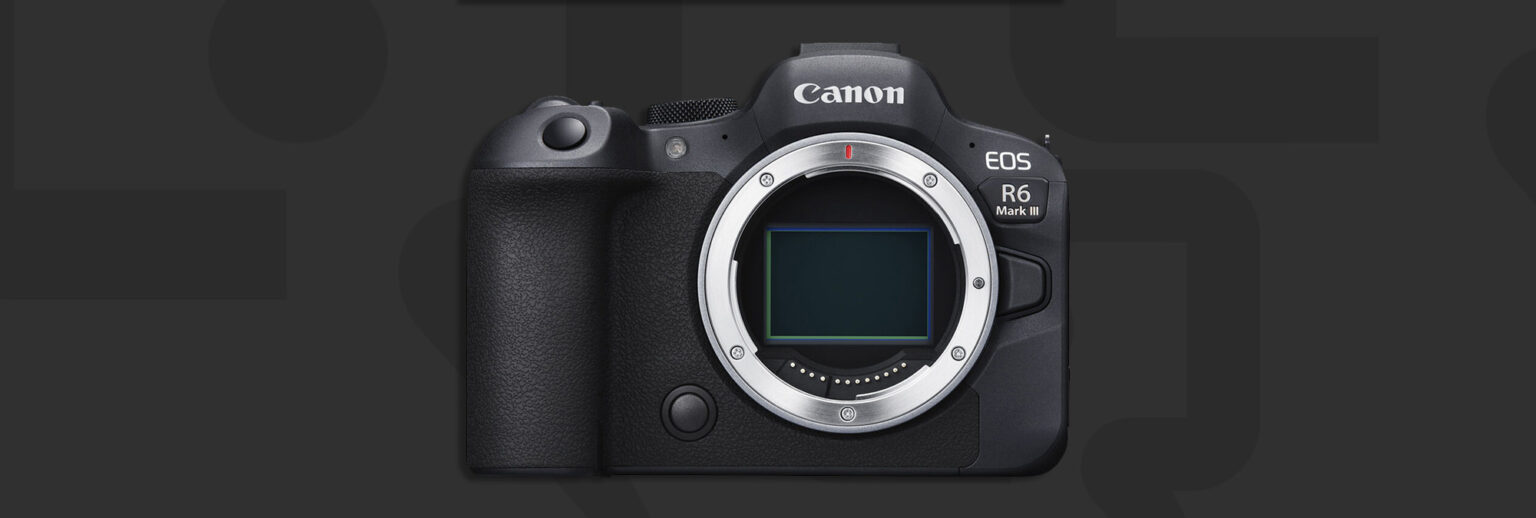Over the last bunch of months, there has been a lot of talk about a successor to the EOS R6 Mark II coming this year. We have seen some early core specifications as well as certification for a third, yet unannounced EOS R camera body. DS126904 was tipped to be the EOS R6 Mark III. Keep in mind, DS model numbers tend to be regional and there could be multiple for each camera body.
With the recent and significant manufacturing delays of the EOS R5 Mark II, it only stands to reason that another high volume camera body will suffer the same fate as far as an announcement is concerned. The EOS R5 Mark II announcement itself was delayed by a couple of months most recently.
Canon still has to get the EOS R1 to market in November, but the volume for that camera will pale in comparison to the EOS R5 Mark II and EOS R6 Mark III.
It now looks like the EOS R6 Mark III will be announced in Q1 of 2025, which is a timeline a lot of people figured anyway, but we were told multiple times that that a Q4 2024 announcement was the plan. The timeline wasn’t from the anonymous inbox types.
The CP+ show in Japan is in February, so that could be a potential time for an official announcement. We’ll catch some flack I’m sure, but yesterday’s truths aren’t always todays.
|
When you purchase through links on our site, we may earn an affiliate commission. Here's how it works. |


OTOH, if it goes in the R6III, maybe also the R8II?
If 60% of revenue is a correct number, it is important for manufacturers to be competitive in this part of the market. Putting the R3 sensor in the R6 Mk III may make sense for Canon.
As far as r8ii - hard to say. It could well be giving the r6 line a little bit more separation from the r8 would better fit their business interests.
The segment being particularly competitive would also fit with the r6 being refreshed quicker than the rest of the R line.
Next one pretty much has to be faster or higher res. And if they decide faster is the way to go, I think the r3 sensor could be a smart way of going about it.
If it can be gone within a week that would be great.
If BH trade in values weren't so laughable, I'd march right over there and leave with an s5ii+50mm combo pack. Enjoy for whomever gets their hand on it, its quite literally in perfect condition.
It's time!!
It is certainly cheaper than developing/manufacturing a new sensor and given ongoing supply chain constraints perhaps a sensible hardware decision from our external viewpoint.
Hopefully it would also reduce the cost to produce if there are greater volumes than just the R3 sales.
Nikon's version was "partial" stacking which wasn't obvious for the binary choice of stacked or not. Gerard Undone reportedly had this info:
"Only some portions of the sensor have that extra circuitry that make it stacked, located at the top and the bottom to give the sensor an impressive speed boost without inflating the cost as much when compared with other fully stacked sensors."
It is still a new sensor though.
It leaves 2 questions though:
- What would then happen to the R3? It could remain as the "pro" body with one CFe card, AF nipple controller and eye controller vs the R6 style body. That should be sufficient differentiation although dramatically different price of USD4.5k vs USD2k for R6ii and maybe USD2.5k for R6iii
- Realistically, what proportion of new buyers would jump directly to the mid level R6/Z6/A7 body/pricepoint and how flexible of those existing owners prepared to switch (or have multiple) systems?
We’re at, what…two lenses plus a development announcement for a third?
Either way, as I noted earlier, there is already some precedent for the 6-series body sharing its sensor with the pro body (R6 and 1DXIII back then).
Specifically it's these chunks of silicon abutting the sensor. Seems to let them increase the speed without it being as complicated to build as a true stacked sensor. Readout speed is about the same as the R6II (~14.5ms), though it is 14-bit instead of 12-bit, so there is still ~4x as much data being transferred in the same amount of time.